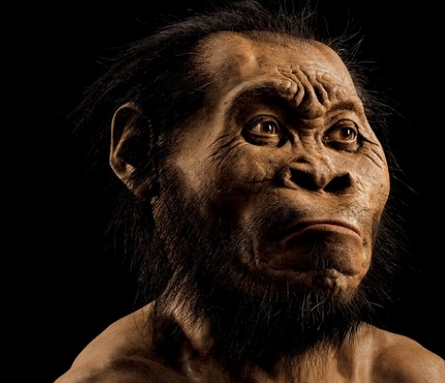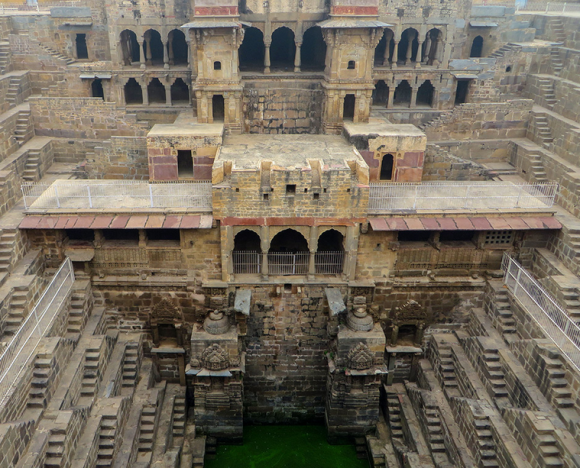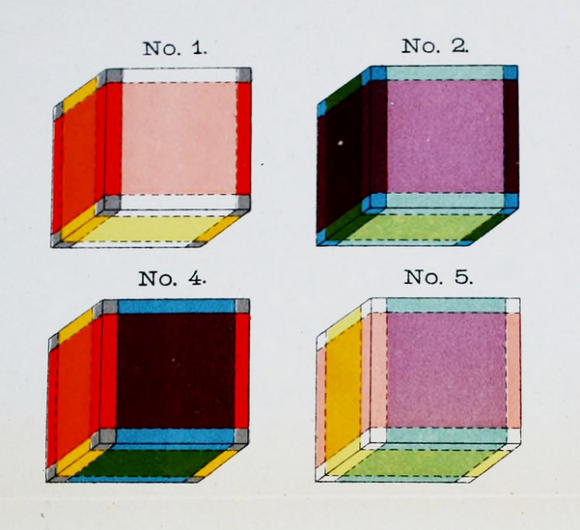New discovery of an early human ancestor…
Did this previously unknown human ancestor invent the concept of burying their dead?

Photo credit: A reconstruction of Homo naledi’s head by paleoartist John Gurche, who spent some 700 hours recreating the head from bone scans. University of the Witwatersrand, National Geographic Society and the South African National Research Foundation.
New Species Of Human Discovered In South Africa
by Justine Alford (IFLS)
“Brace yourself: this discovery is huge. So huge that its profound implications will shake up our very own family tree. The University of Witwatersrand, in collaboration with National Geographic, is proud to announce a remarkable story of human heritage. The discovery of an early human ancestor that sits beautifully within our own genus of Homo. I ecstatically present to you, Homo naledi.
This incredible fossil find comes from the richest single hominin assemblage so far discovered in Africa. A gift that keeps on giving, the species not only enlightens us on the origins and diversity of man, but also seems to display a behavior long believed to be unique to humans, even perhaps a defining feature of our species: deliberately disposing of its dead in an isolated chamber. The discovery has been published in two papers in the open access journal eLife.
A textbook-worthy accident, H. naledi was first stumbled upon two years ago by amateur cavers during an exploration of a cave system known as Rising Star, located within South Africa’s famous Cradle of Humankind World Heritage Site. From this, the Rising Star Expedition was born, starting in November 2013 with a 21 day exploration involving a team of 60 scientists and volunteer cavers. Expecting to recover a single skeleton, just three days in they realized they had much more than that, “something different and extraordinary,” research leader Lee Berger said at a press event IFLScience attended.
That something different turned out to be not several, but 15 individuals from a single hominin species, represented by more than 1,500 fossil elements found within a single chamber in total darkness some 90 meters (295 feet) from the entrance….”
For the rest and more photos, click here.
Share

